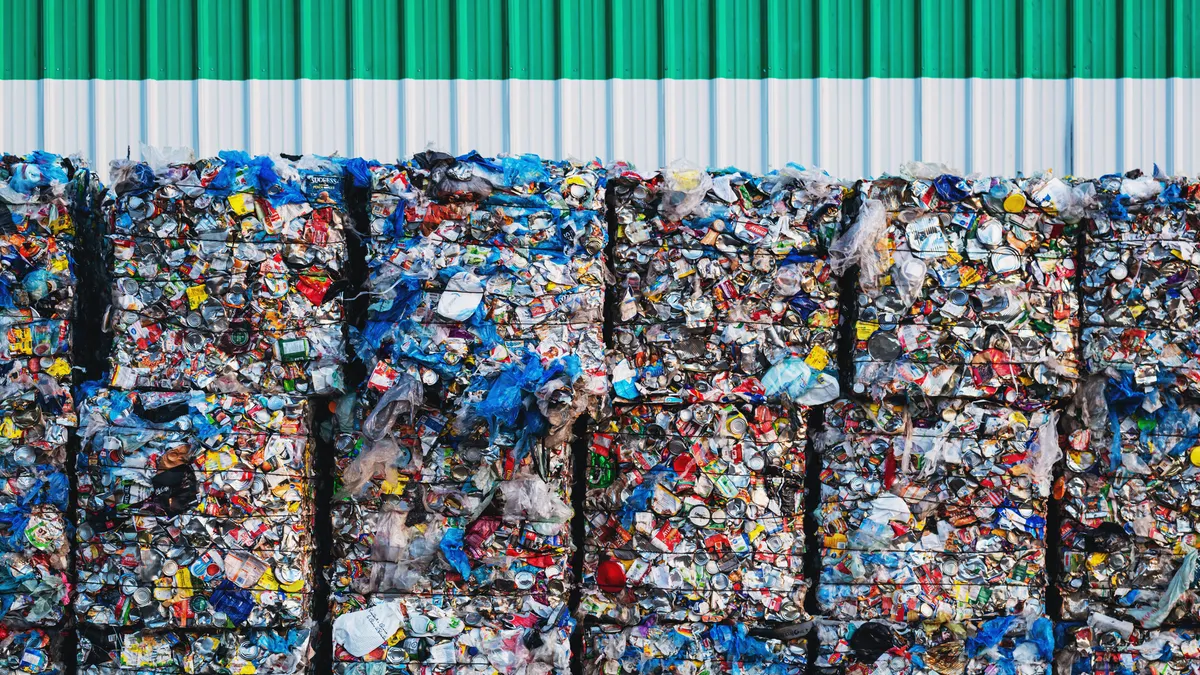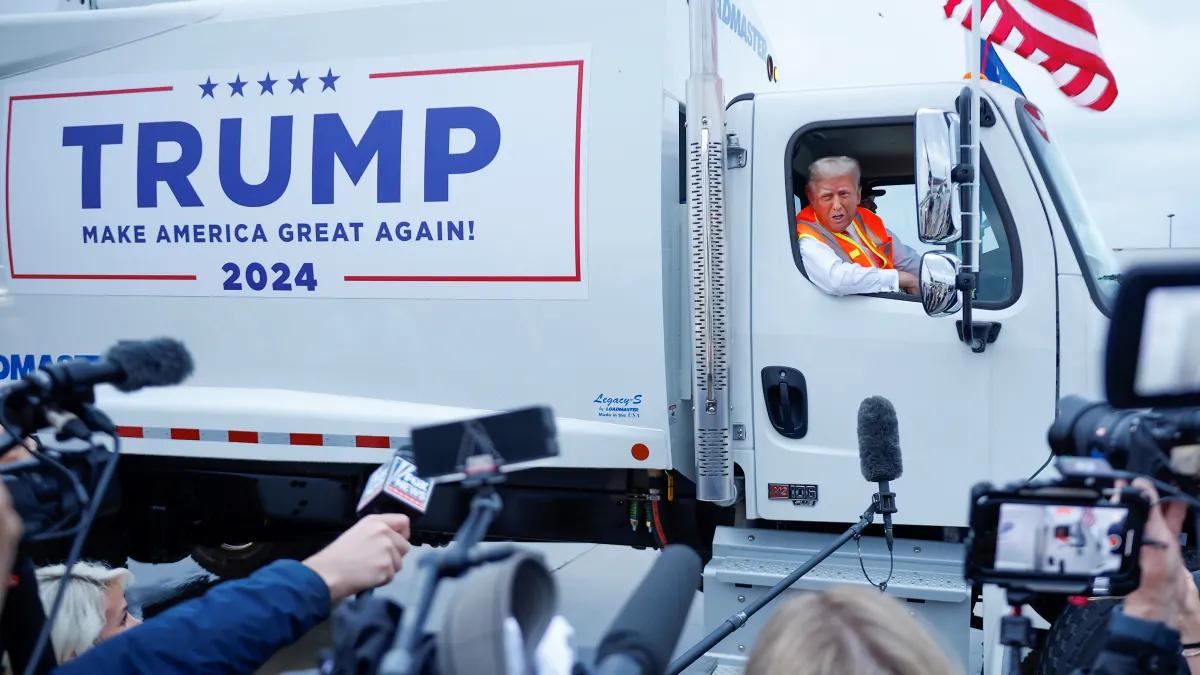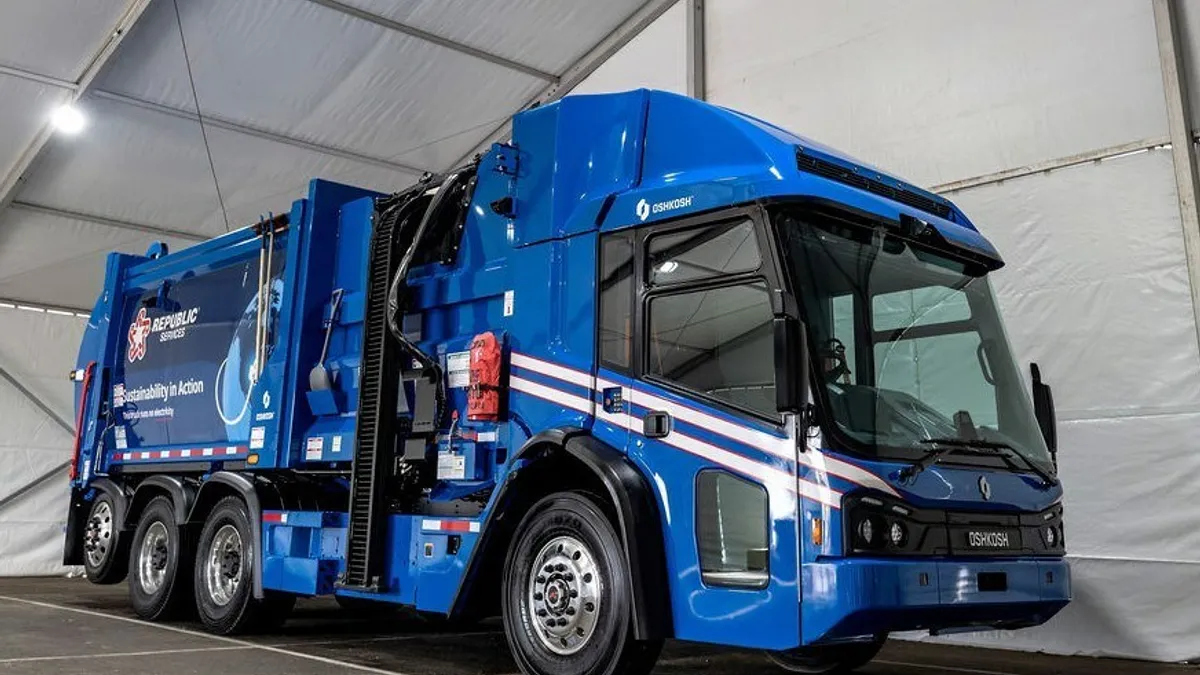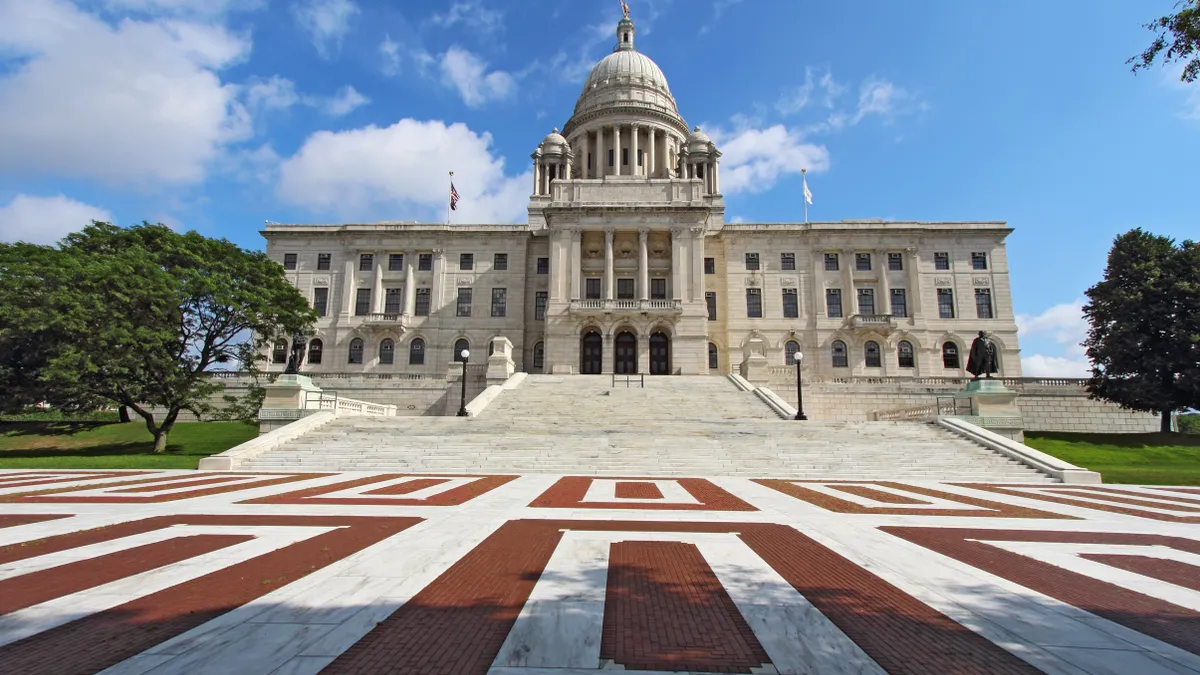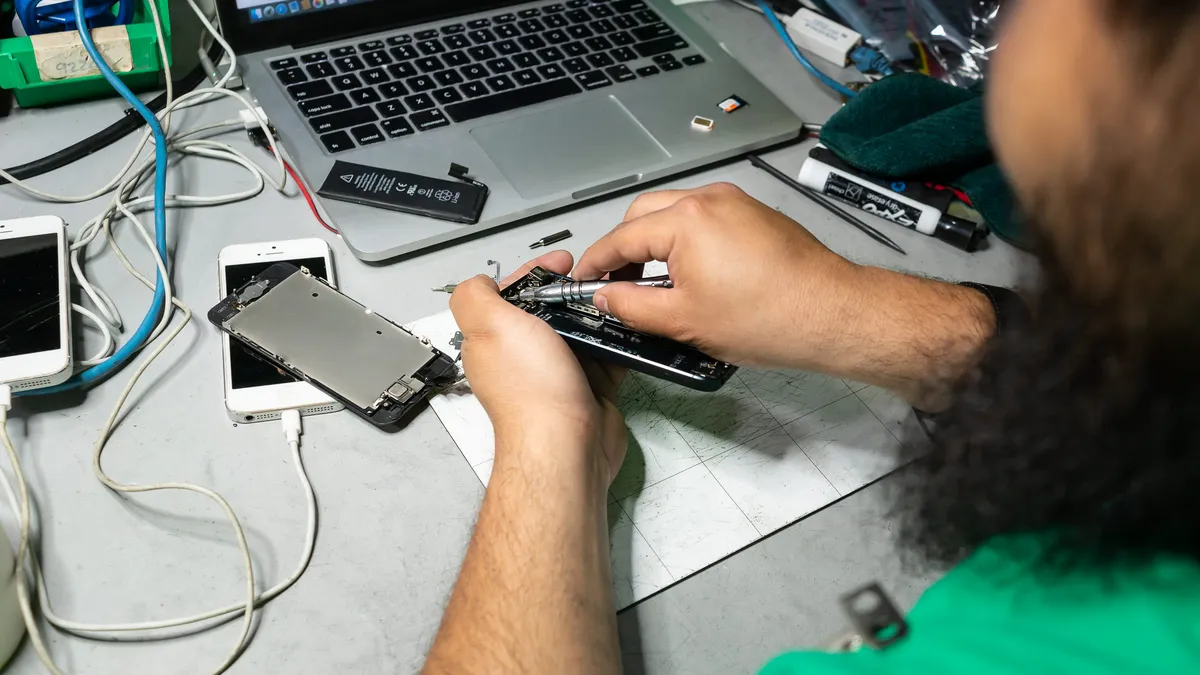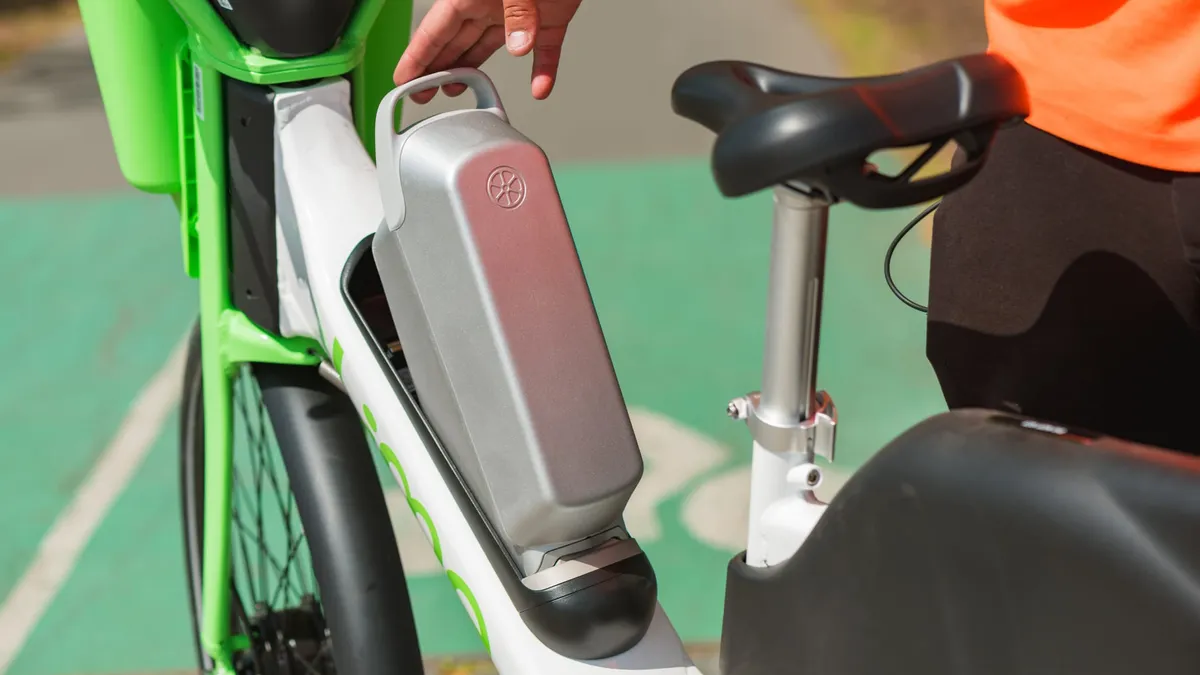As the realities of extended producer responsibility for packaging continue to come into focus for the U.S. recycling sector, many questions remain about implementing these systems in four states and counting.
During the Northeast Recycling Council’s fall conference in Providence, Rhode Island, speakers from around the country talked through some of these emerging topics. Here are a few highlights from in-depth discussions that happened during sessions on Nov. 1.
Eco-modulation is a work in progress
While EPR has existed in some countries for decades, it hasn’t necessarily led to the types of packaging design changes or reductions that some proponents had hoped.
“Under a market share-based fee system, if the market share stays the same the fees to the producer stay the same. So there's no financial incentive flowing from the EPR system to that producer to engage in eco-design,” said Reid Lifset, a research scholar and resident fellow in industrial ecology at Yale University, who noted this issue dates back to early EPR systems in Germany during the ‘90s. “It's one of the reasons why we don't see the level of eco-design that I think we had hoped EPR would generate."
In response, a growing number of EPR for packaging systems are integrating the concept of eco-modulation to try and address this gap. Details can vary, but the basic idea is that producers will pay a detailed spectrum of fees based on certain factors about their packaging such as its use of recycled content or recyclability.
The challenge here, as Lifset laid out in recently published research, is how to design a fee structure that will drive sufficient and desirable changes. In some cases the fees may not be high enough to affect a producer’s decisions, and fees that are too high may risk political pushback. Another consideration is whether incentivizing higher recycling rates or the use of recycled content, without further nuance, will lead to the best environmental outcome.
"Circularity is an intermediate goal. We're pursuing circularity because we want to help the climate. We're not pursuing circularity just because we want things to go round and round in the economy,” said Lifset, citing research by Oregon’s Department of Environmental Quality that looked closely at the complexities of environmental attributes for packaging that is recyclable, compostable or made with recycled content. "Eco-modulation relies on these attributes. So there is a concern that we may not be getting the environmental outcomes ... that we want.”
Looking ahead, Lifset said it will be important for states to be transparent with data about their EPR systems and consider life-cycle analysis in eco-modulation frameworks. He noted that Oregon’s EPR law does have provisions for conducting periodic LCAs.
According to speakers from state agencies that are implementing these laws in the U.S., eco-modulation is one of the top issues they are trying to coordinate on to the extent they are able to under each statute.
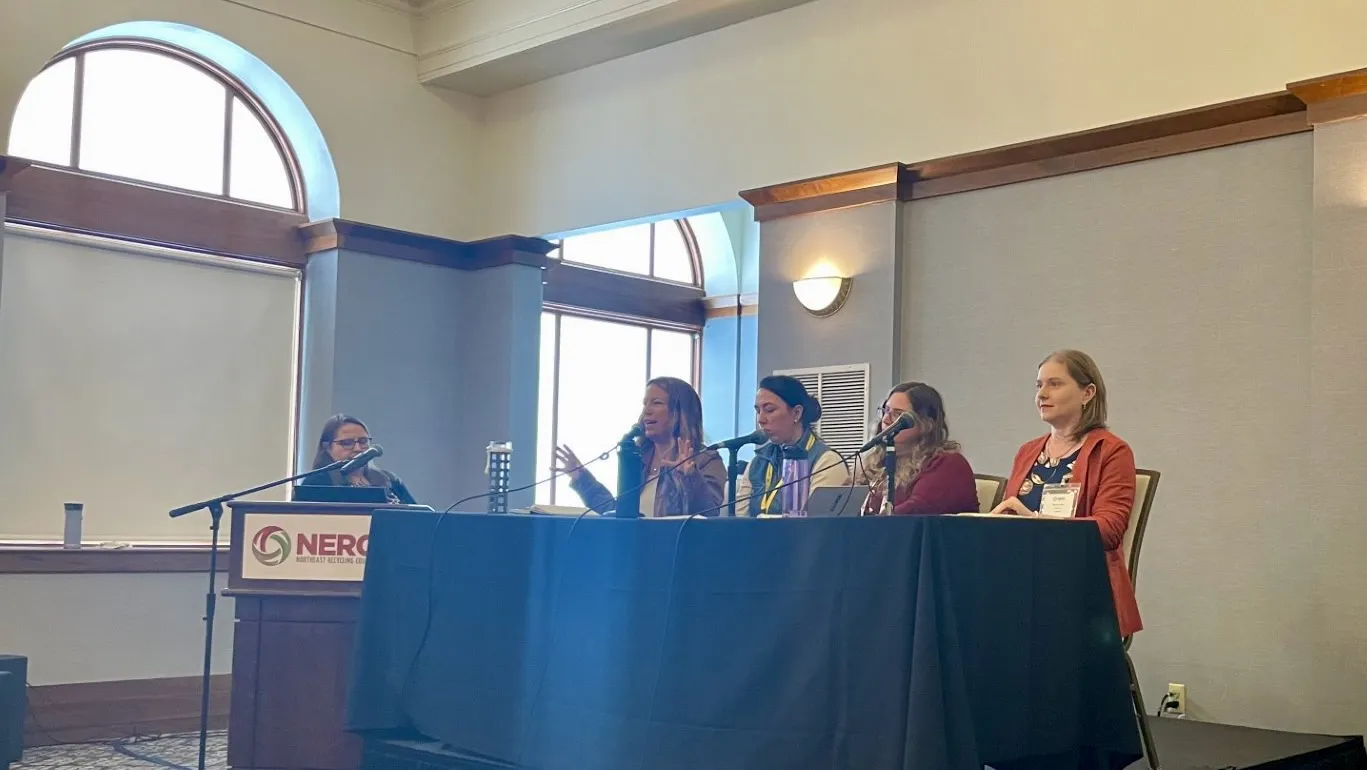
Aligning definitions can be complex
A central part of the collaborative discussion also involves attempting to harmonize definitions of covered packaging where possible across the upcoming systems in California, Colorado, Maine and Oregon. This may prove complicated as each state’s law was passed with a certain impetus and structure in mind.
Most notably, California’s law, SB 54, was passed with a focus on reducing plastic and is the only law of the four to include a specific source reduction plan. It also only focuses on packaging that has some form of plastic. Karen Kayfetz, chief of the product stewardship branch at CalRecycle, said this actually ends up making for a longer list than other states because California’s definitions are very specific about including items such as paper cups with plastic liners.
Even though California’s covered materials list may not align directly with definitions in other state laws, it’s still expected to have an effect on product decisions in the national packaging market.
“We do expect that California's law is going to be a market mover,” said Kayfetz.
Where possible, agencies from each of the four states are also collaborating on other ways to try and better align.
“Even though we can't change a definition that is statutory ... we can add clarifying language to an existing definition and we can add new definitions,” said Darla Ariens, EPR program lead for the Colorado Department of Public Health & Environment.
Kayfetz said CalRecycle is also looking to collaborate with Oregon DEQ to align with language in each law about responsible end markets. The agency is well aware of how the state’s plastic-focused law can create complicated questions in terms of the environmental impacts from non-plastic items, referencing Lifset’s point on circularity not being the only goal.
The agency is looking at ways to accommodate this within the limits of its statute, but is also anticipating further changes to the EPR program even after Gov. Gavin Newsom vetoed three bills that would have modified provisions of SB 54 this fall.
"We see the writing on the wall. We know that this law is going to change before we get to full implementation,” said Kayfetz, adding that she is thinking about “in the time that's been afforded us by those vetoes how can we ensure that the policymakers are being really well-informed by data so that whatever modifications they do propose are utilizing scientific information as their basis."
New processing infrastructure is coming
Another potential outcome of EPR systems is a boost in publicly or privately operated recycling infrastructure. Each state is at a different place in terms of assessing its needs, based on the implementation schedule for its program. Illinois and Maryland are also pursuing needs assessments ahead of potentially passing EPR laws in the future.
In California, initial waste characterization work indicates at least one key area for growth.
"We do expect that there will be an expansion and I think that an avenue of expansion that's very likely is in the growth of secondary MRFs,” said Kayfetz, citing one example of rural communities potentially benefiting from sending mixed bales for processing. "I think that there's room for substantial investment in additional sortation and potentially for infrastructure improvements in our existing MRFs."
Jessia Nadeau, an environmental specialist at Maine’s Department of Environmental Protection, said it may be “too soon to say” what could change until a needs assessment is conducted by the state’s future product stewardship organization.
"It just will be telling after the needs assessment and then some time with the program running what exactly is the best investment,” said Nadeau. “Is it a MRF, or is it more regionalized transfer stations?”
Ariens said Colorado will know more soon when the results of her state’s needs assessment come in later this year.
“The PRO will identify what our infrastructure needs are and then give us three different scenarios to choose from in terms of what infrastructure should be invested in and when during that initial first five year period,” she said,” "but we do anticipate quite a bit of expansion.”
As for whether these EPR laws could lead to new chemical recycling infrastructure, it’s also too soon to tell. In Oregon, this will require further review.
"The state essentially has to do an evaluation of any technology that's not mechanical to determine whether or not it counts towards their recycling goals,” said Resa Dimino, a managing partner at Signalfire Group.
Ariens said Colorado has a similar process, but will not count anything that involves combustion or converting plastic into fuel. Maine and California similarly will not consider plastic-to-fuel systems as counting toward EPR recycling targets.
Interested in more recycling in news? Sign up for Waste Dive’s weekly Recycling newsletter here.



